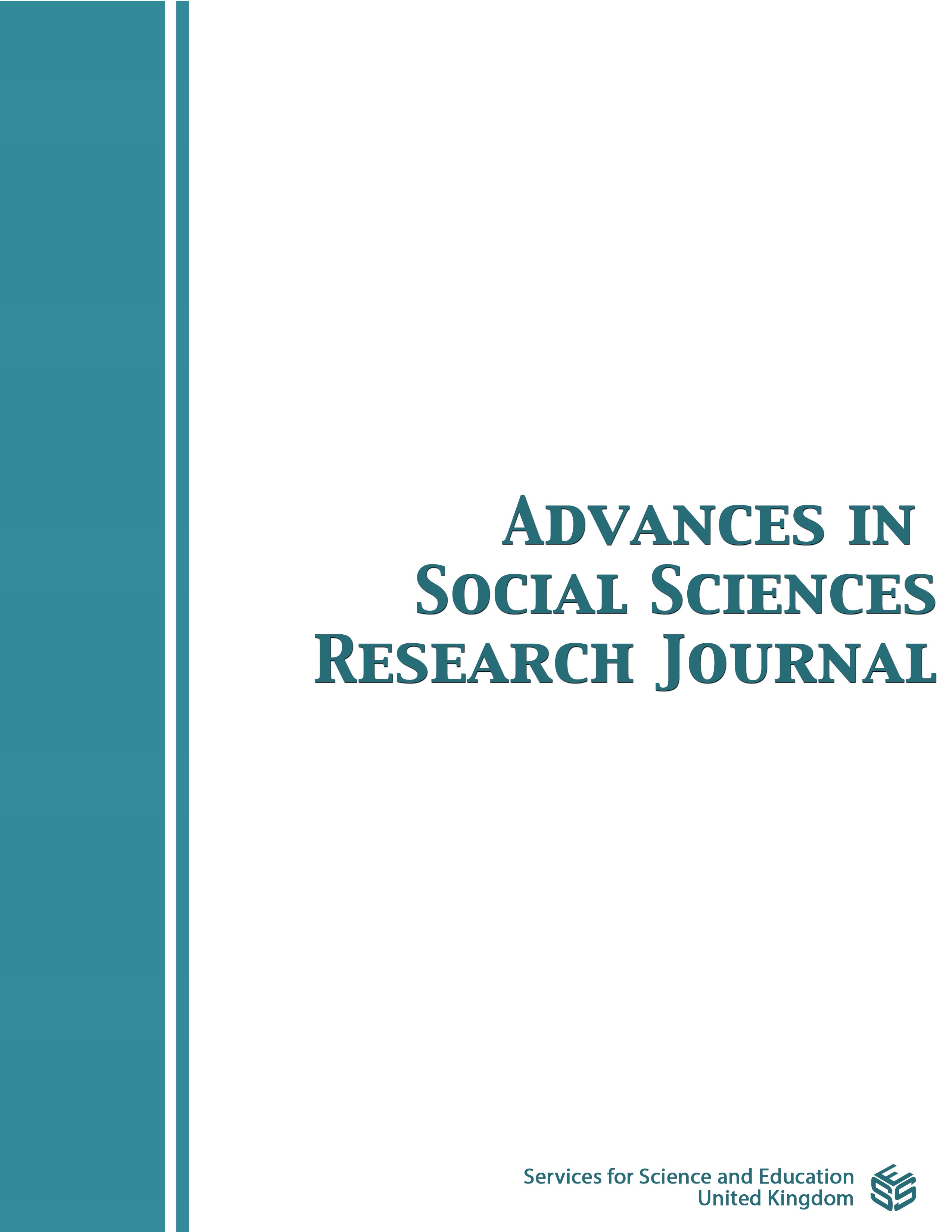Item Analysis, Reliability Estimates, Percentile Ranks and Stanine Scores Among University Students in Ghana
DOI:
https://doi.org/10.14738/assrj.98.12757Keywords:
discrimination, difficulty, reliability, examinees.Abstract
The objective of the study was to perform item analysis on a forty (40) multiple choice test items among students of the University of Cape Coast in Ghana. The study further sought to estimate the reliability of the results and compute the percentile ranks and stanine scores. The results showed that, regarding the two statistics; difficulty (P) and discrimination (D) indices, it was observed that twelve (12) items functioned properly. Five items, although were easy, discriminated well. Nine (9) items were either easy or difficult and had low discrimination indices. It was found that nine (9) items had acceptable difficulty level but did not discriminate well. The results revealed that two (2) items had negative discrimination indices and two items were too easy and did not discriminate. The estimate of reliability; Spearman Brown prophecy (rxy) and Cronbach alpha (α) were found to be 0.63 and 0.78 respectively. It was found that examinees with scores of 33 had 99% of the norm group performing below them whiles examinees with scores of 26 had 70% of the norm group falling below them. Examinees with scores of 32 and 33 were found to be in stanine nine, those with scores of 23 to 24 were in stanine five whilst examinees with scores of 4 to 16 were in stanine one. Test results are essential for the determination of learner’s future endeavours. It is recommended that test item developers (teachers) in schools, colleges and universities adhere to principles of test construction, administration and interpretation so as to enhance dependability of learners’ test results.
Downloads
Published
How to Cite
Issue
Section
License
Copyright (c) 2022 Abraham Yeboah, Abraham Gyamfi, Dominic Kaku Wintson, Akosua Dwomoh Prempeh

This work is licensed under a Creative Commons Attribution 4.0 International License.
Authors wishing to include figures, tables, or text passages that have already been published elsewhere are required to obtain permission from the copyright owner(s) for both the print and online format and to include evidence that such permission has been granted when submitting their papers. Any material received without such evidence will be assumed to originate from the authors.






